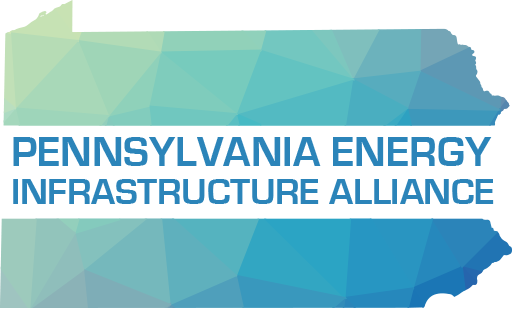Recently the idea of repurposing existing energy infrastructure has come under fire. However most of the heat the tried-and-tested practice has been receiving is unwarranted, led by a lack of knowledge instead of actual facts.
A recent op-ed by Kurt Knaus, spokesperson for Pennsylvania Alliance for Energy, in the Delaware County Times discussed not only how long this method has been employed, but also just how safe the technique is. From 1997 to 2014 22 pipelines were either converted or reversed, and from 2014 to 2017 23 pipelines were repurposed. The utilization of this process is essential to our energy infrastructure.
As Knaus said in his piece:
“Reusing existing pipelines is a creative technique the oil and gas industry has employed to keep pace with the growing consumer demand in a post shale-boom economy. The infrastructure shortage is creating a bottleneck between the production fields and the marketplace and pipe repurposing is becoming more common and necessary.”
The process of repurposing pipelines is also extremely safe, using the same set of standards that a new pipeline construction project would implement. Any conversion or reversal of an already existing pipeline cannot move forward without approval from the Federal Energy Regulatory Commission. The Pipeline & Hazardous Materials Safety Administration also details what conditions a pipeline must meet in order to undergo a conversion or reversal. This protocol ensures that construction to update the line upholds the newest safety procedures.
As Knaus wrote:
“Sunoco has voiced its commitment to following PHMSA’s guidance, to even go above and beyond federal safety requirements, and to thoroughly address any safety concerns the local community raises.”
Repurposing existing pipelines is an important way we can help fix the infrastructure shortage currently facing the United States. Pennsylvanians should support this fruitful endeavor.
